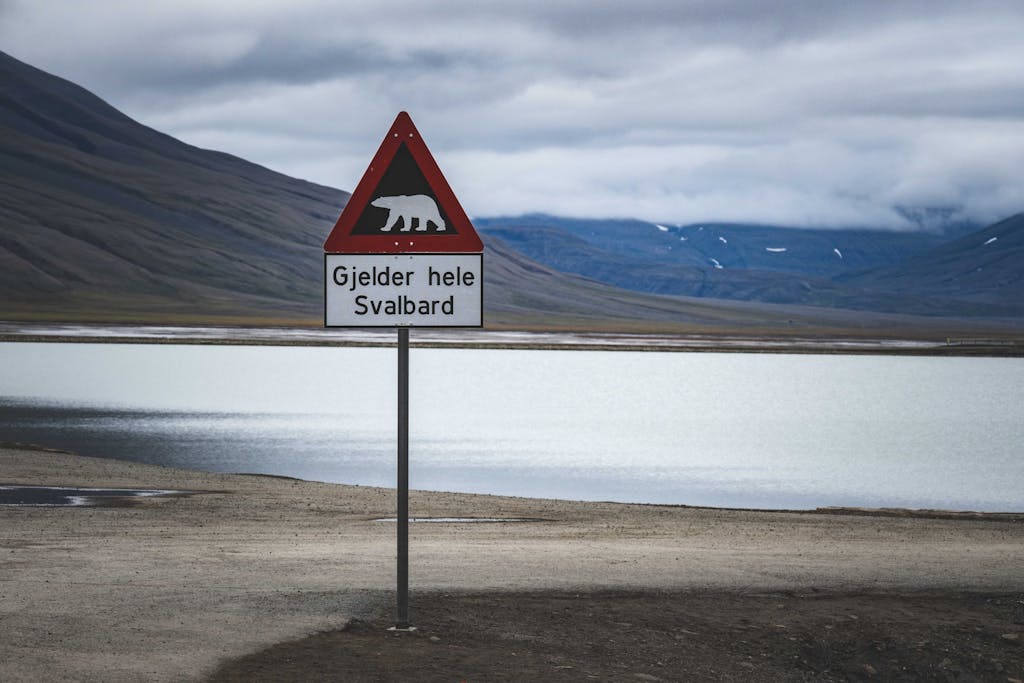
March in Yosemite National Park is a time of transformation and contrast, offering visitors a unique blend of snowy landscapes and the early signs of spring. As the snow begins to melt, especially at lower elevations, the park reveals its majestic beauty, making it a perfect time for those who love the tranquility of winter but are eager for the warmth of spring. This guide will provide you with detailed weather statistics for Yosemite in March, alongside the top activities, dining options, and cool facts, ensuring you’re well-prepared for an unforgettable visit.
Yosemite Weather in March Overview
March in Yosemite is characterized by its transitional weather, where you can experience the tail end of winter and the onset of spring. Here’s what you can typically expect:
- Average Temperature Range: 30°F to 50°F (-1°C to 10°C)
- Humidity: Moderate to high, with crisp, fresh mornings.
- Rainfall: March sees an average of 3 to 6 inches of precipitation, often as snow at higher elevations.
- Snowfall: Snow is common, especially in the higher parts of the park, with totals varying significantly from year to year.
- Wind Speed: Light to moderate breezes are typical, with occasional gusts in open areas.
- Sun Index: Moderate, with longer days as spring approaches.
- Air Quality: Generally good, thanks to the park’s remote location and the seasonal change.
- Sunrise and Sunset Times: Sunrise around 6:30 AM and sunset around 7:00 PM by the end of March.
- High/Low Tide Information: Not applicable.
Top 5 Activities in Yosemite in March
- Waterfall Viewing: As the snow melts, Yosemite’s waterfalls, including the famous Yosemite Falls, begin to swell, offering spectacular views.
- Snowshoeing and Cross-Country Skiing: Higher elevations like Glacier Point Road and Mariposa Grove offer excellent conditions for snow sports.
- Photography: Capture the stunning contrast between snow-capped peaks and emerging spring greenery, especially at sunrise or sunset.
- Hiking Lower Elevation Trails: Trails at lower elevations, such as the Valley Loop Trail, become accessible, offering serene hikes with fewer crowds.
- Stargazing: Clear nights provide incredible opportunities for stargazing, with several ranger-led programs available.
Dining in Yosemite in March
March in Yosemite also offers unique dining experiences, with options ranging from casual to fine dining. Here are the top picks:
- The Majestic Yosemite Dining Room: For a fine dining experience with views of Yosemite Falls.
- Mountain Room Restaurant: Offers hearty meals perfect for refueling after a day of exploration.
- Degnan’s Kitchen: A great spot for grabbing a quick sandwich or snack before hitting the trails.
- Base Camp Eatery: Ideal for a casual meal with a variety of options for all tastes.
- Yosemite Valley Lodge Food Court: Perfect for an early breakfast or a coffee before starting your adventure.
Cool Facts About Yosemite
- Frazil Ice Phenomenon: Unique to Yosemite, frazil ice is a natural phenomenon where water flowing in the rivers turns into a slushy ice mixture.
- Waterfall Rainbows: The angle of the sun in March can create stunning rainbows in the mist of Yosemite’s waterfalls.
- Historical Awakenings: March has been a significant month for Yosemite historically, with important conservation efforts and park milestones often celebrated.
- Established in 1890: Yosemite was designated as a National Park on October 1, 1890, making it the third national park in the United States.
- Home to Giant Sequoias: Yosemite is famous for its ancient sequoia trees, particularly in the Mariposa Grove. These are some of the largest trees in the world by volume.
- Granite Cliffs: The park is renowned for its impressive granite cliffs, including El Capitan and Half Dome, which are popular with climbers from around the globe.
- Waterfalls Galore: Yosemite Valley is known for its spectacular waterfalls, including Yosemite Falls, one of the tallest waterfalls in North America with a drop of 2,425 feet (739 meters).
- Vast Biodiversity: The park spans an elevation range from 2,127 to 13,114 feet (648 to 3,997 meters) and includes five major vegetation zones, hosting over 400 species of vertebrates.
- Glacial Shaping: Much of the park’s iconic landscape, including its U-shaped valleys and polished domes, was shaped by glacial activity during the last ice age.
- A World Heritage Site: Yosemite National Park was designated a UNESCO World Heritage Site in 1984 for its natural beauty and geological diversity.
- Size and Scope: Covering an area of about 1,200 square miles (3,100 km²), it’s roughly the size of Rhode Island.
- Annual Visitors: Yosemite welcomes over 4 million visitors each year, drawn by its natural beauty and recreational opportunities.
- Cultural History: The area was inhabited by Native American tribes for thousands of years before the arrival of European settlers. The park’s name, “Yosemite,” originates from the Native American tribe, the Ahwahneechee, who referred to the area as “Yohhe’meti,” meaning “some of them are killers,” referring to the tribe itself.
Travel Essential Considerations
- Snow and Ice: Higher elevations in the park, including many popular trails and viewpoints, can still be covered in snow or ice. Check the current conditions and bring appropriate winter gear, including chains for your vehicle.
- Limited Accessibility: Some parts of the park, like the Tioga and Glacier Point Roads, are typically closed due to snow. Access to certain areas may be limited, so plan your visit around the valley and lower elevation sites.
- Waterfall Flow: The waterfalls begin to swell with the melting snow, making this a fantastic time to see them at their most impressive. Yosemite Falls, Bridalveil Fall, and others can be particularly spectacular.
- Wildlife: As the park transitions into spring, wildlife becomes more active. Keep an eye out for animals emerging from winter habitats, but maintain a safe and respectful distance.
- Accommodation: While winter crowds are generally smaller, early reservations for accommodations within the park and nearby are still recommended, especially for weekends.
- Road Conditions: Keep abreast of current road conditions and closures within the park by checking the National Park Service’s official Yosemite website or contacting them directly. Be prepared for winter driving conditions and possible chain requirements.
- Hiking Conditions: Many trails may be snowy, icy, or muddy. Consider lower elevation hikes in Yosemite Valley, and always check trail conditions before heading out. Wear appropriate footwear and consider using traction devices.
- Winter Activities: Depending on the snow conditions, you might still be able to enjoy winter sports like cross-country skiing or snowshoeing in certain areas of the park.
- Photography: The contrasting landscapes of snow-capped mountains and emerging spring valleys offer unique photographic opportunities. Early spring light and water flow can make for stunning images.
- Permits and Fees: If you’re planning any specific activities that require permits, such as wilderness permits for overnight backpacking trips, make sure to secure these in advance.
- Park Regulations: Familiarize yourself with park regulations, including wildlife protection, food storage, and area-specific rules, to ensure a safe and enjoyable visit for everyone.
Conclusion: Why Visit Yosemite in March?
Visiting Yosemite in March allows you to experience the park’s quiet beauty, with the contrasting landscapes of winter and spring. Whether you’re capturing the breathtaking scenery, enjoying the solitude of a snowshoe hike, or marveling at the burgeoning waterfalls, Yosemite in March offers a unique and memorable experience. With fewer crowds and a peaceful atmosphere, it’s an ideal time for those looking to explore this iconic park in a different light. So, pack your bags, prepare for an array of weather conditions, and get ready to discover the magic of Yosemite in early spring.






